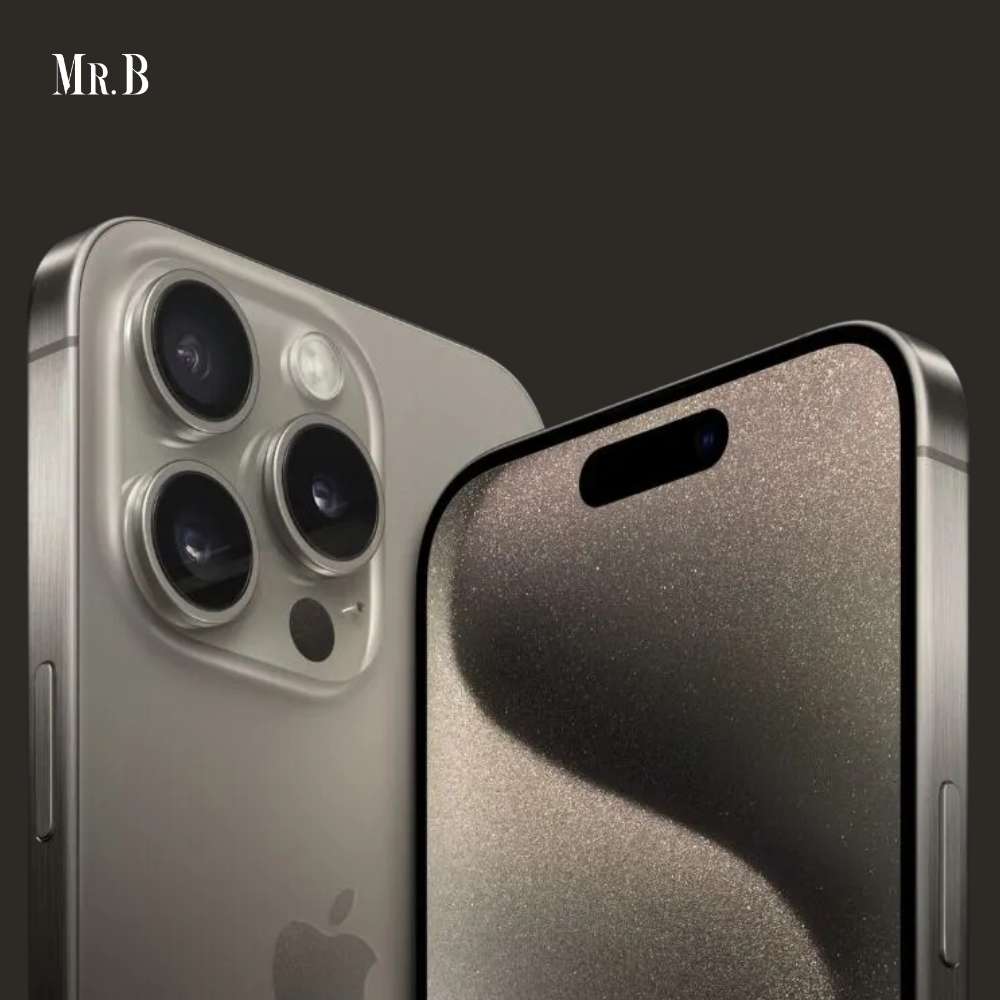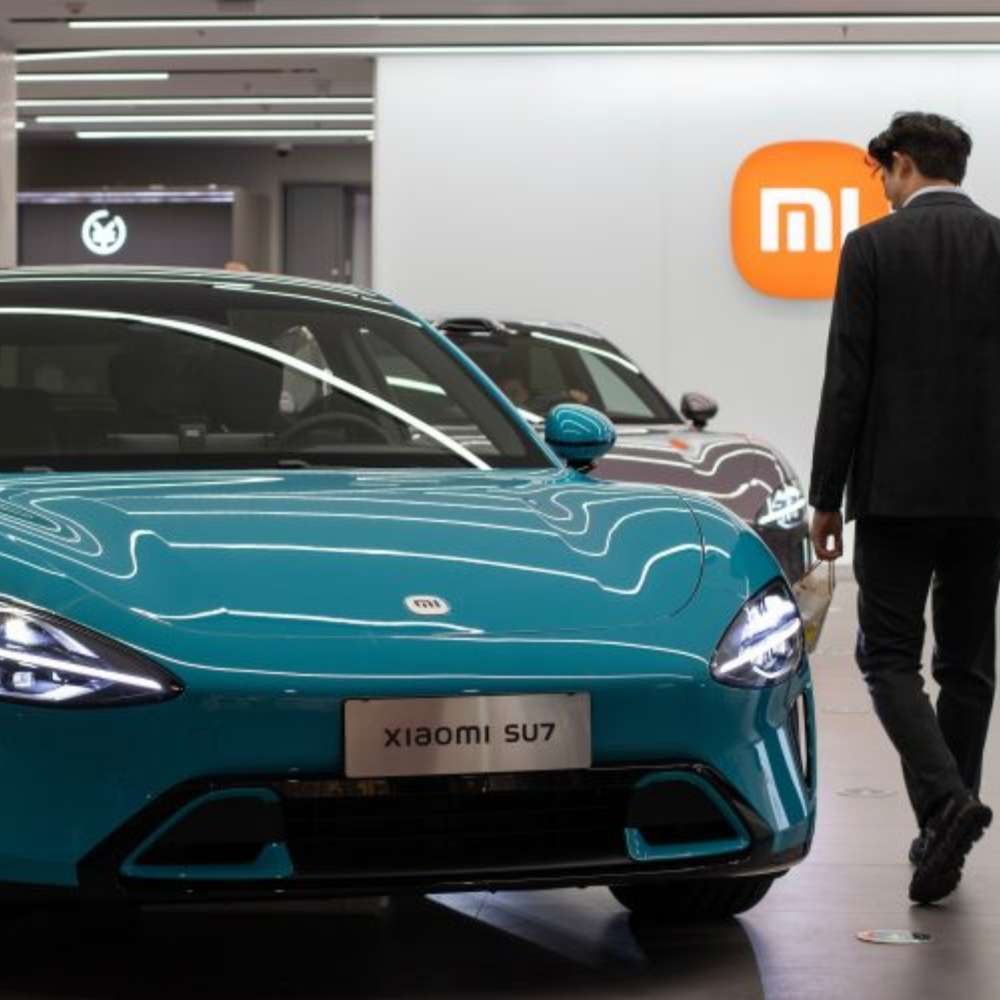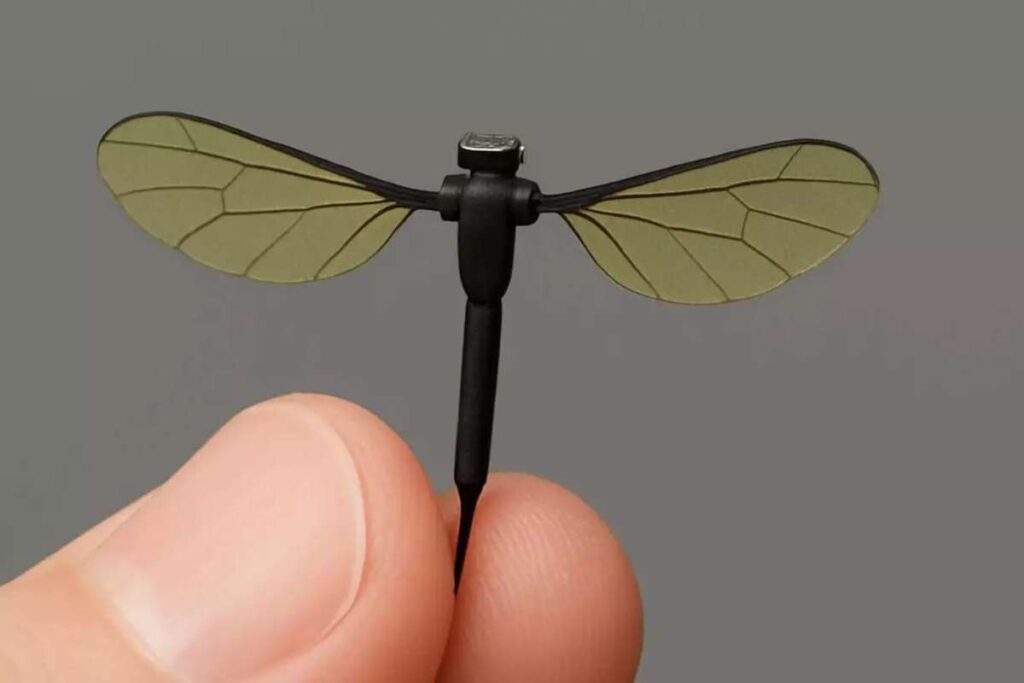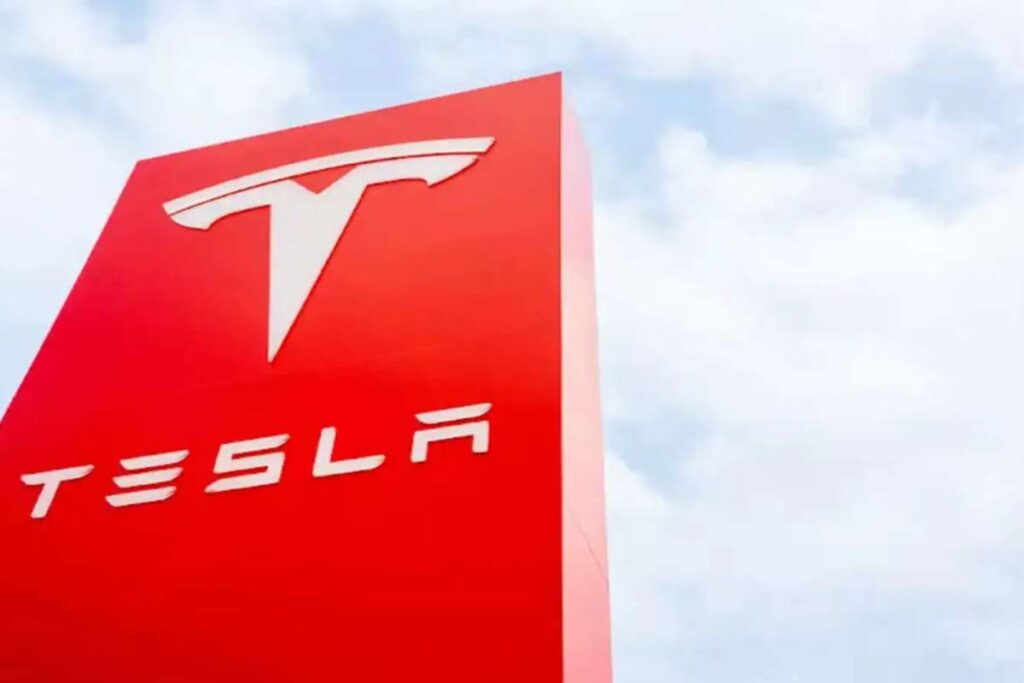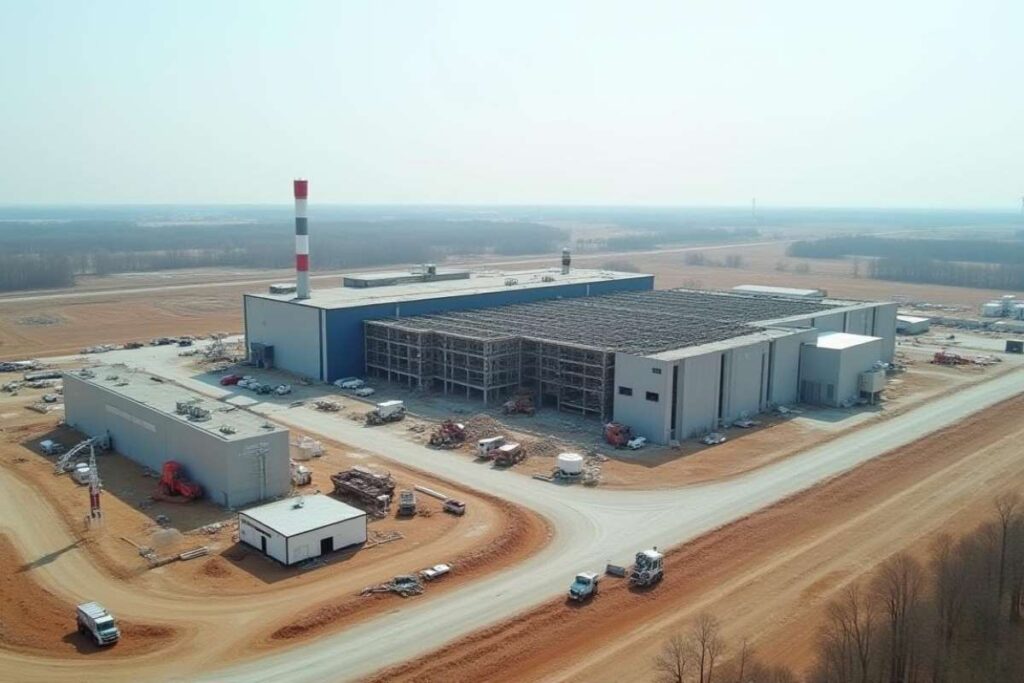Since the release of the iPhone 15 Pro to customers last week, there have been reports of overheating issues. Well-known analyst Ming-Chi Kuo has suggested that the iPhone’s internal design may be to blame, although not all iPhone 15 Pro users are encountering this problem. So, what’s the root cause?
The launch of the iPhone 15 Pro series, featuring the highly touted A17 Pro chip and a titanium frame, hasn’t been as trouble-free as Apple had hoped. The new chip was expected to bring high-end gaming titles typically reserved for consoles and PCs to the iPhone for the first time. The use of titanium was meant to maintain strength while reducing weight and providing a premium look and feel. However, some are now questioning whether these two new features exclusive to the iPhone 15 Pro might be problematic.
Shortly after customers received their new iPhone 15 Pro and Pro Max models, reports began to surface on social media about these devices overheating. Overheating incidents have been reported during phone calls, while charging, during gaming, and other routine activities that normally wouldn’t make an iPhone uncomfortably hot to the touch. It’s worth noting, however, that not all users have encountered these overheating issues with their new iPhones. For instance, an iPhone 15 Pro Max unit that we have on hand has not shown any signs of overheating problems reported by some users.
Speak to the Analysts
As we’ve previously reported, Apple analyst Ming-Chi Kuo has suggested that the heating issues experienced by iPhone 15 Pro users may be linked to the absence of an optimized cooling system. Kuo has ruled out the A17 Pro chip and the new TSMC 3 nm (N3B – “Basic”) fabrication process as causative factors. Instead, he points to a “reduced heat dissipation area” and the “use of a titanium frame” as possible culprits. Titanium does not dissipate heat as efficiently as the previous steel frame, which means that more of the heat generated by the phone’s internals may need to be dissipated through the rear glass panel.
iPhone 15 Pro / 15 Pro Max OVERHEATING / HEATGATE TESTING for the TRUTH!!
Interestingly, Kuo had previously indicated in 2021 that Apple was actively exploring vapor chamber cooling for a future iPhone. However, this technology has yet to be implemented in any iPhone. Vapor chamber cooling is commonly found in numerous flagship Android devices and is designed to keep high-performance chips cool. Had Apple incorporated a vapor chamber in addition to the graphite used in the iPhone 15 Pro for cooling, it might have mitigated, if not completely resolved, the heat issues some users are facing. Considering that the iPhone 14 Pro also encountered performance throttling issues under sustained loads due to Apple’s minimalist cooling system, it’s somewhat surprising that Apple didn’t opt for a more robust approach this time, especially with the transition to the supposedly more efficient (and therefore cooler-running) TSMC 3 nm process.

